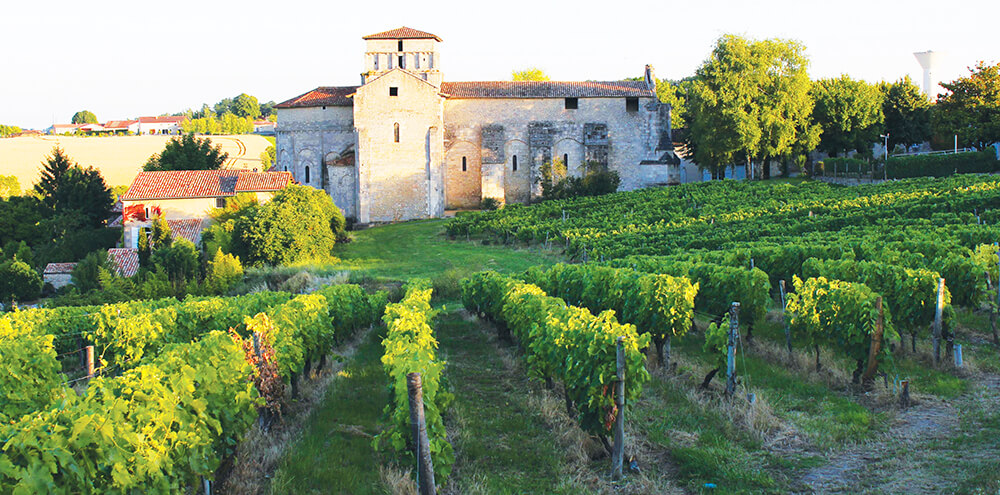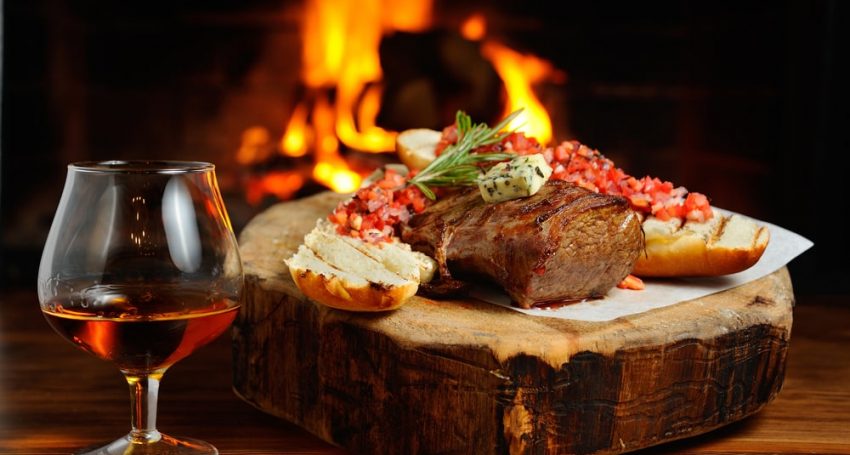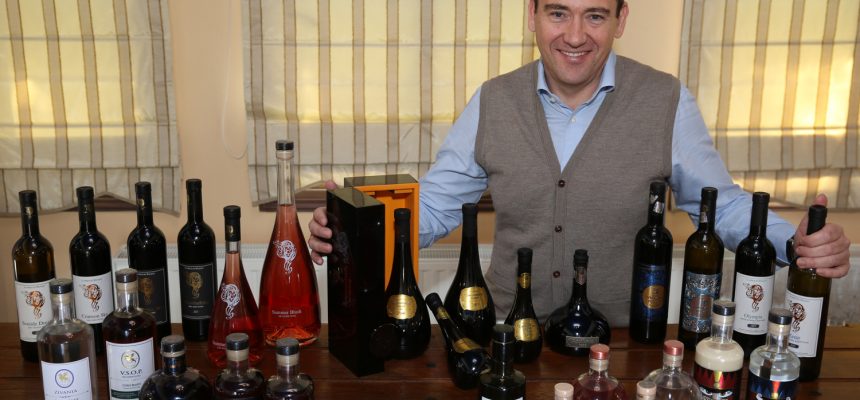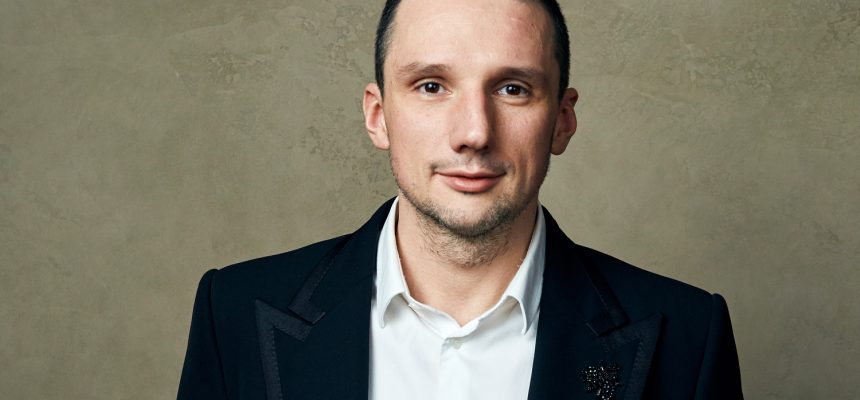When visiting the Cognac region, it is glorious to discover the perfumes of France’s legendary past: its history, nature, Romanesque art and local cuisine. All these marvels await you in the delightful province of King Francois I.
The Cognac region combines diverse landscapes with an exceptional microclimate caused by the nearby ocean on the continent. Each of the six Crus (vine growing areas) of the AOC has its own distinct personality. It expresses itself in the intricate blends of aromas and tastes characteristic of each cognac.
Reaching Cognac and exploring the area is simple. One-and-a-half hours from Bordeaux or 3 hours away from Paris on the fast train, it is a picturesque landscape that is a treat for the eyes and the soul.
World famous for its eau-de-vie, the birthplace of King Francois I is also well-known for its old towns, with narrow winding streets, and stonework of old houses often coated with a black velvet, the work of a microscopic fungus that feeds on alcohol vapours.
The Cognac delimited region extends along the banks of Charente; the wide, beautiful river described by Henri IV as “the loveliest stream in my kingdom”.
This ancient country is characterised by its wide variety of landscapes: “Champagnes”, with chalky soils, plains with red, stony earth, and green valleys separating the hills and marches, dotted with woodland of various types.
In the heart of the region are the cities of Jarnac and Cognac, which gave its name to the renowned eau de vie.
Visiting the Cognac region is a journey of discovery, with the secrets of the world’s finest brandy and its evolution. You can visit large Cognac houses or smaller producers, which will always offer you a warm welcome and will be glad to share their passion with you.
The Cognac growing area was delimited in 1909. Based on the soil, the growth areas were divided into six districts: Grande Champagne, Petite Champagne, Borderies, Fins Bois, Bons Bois and Bois Ordinaires.
The Champagne areas give the best quality brandies. Cognac is made from “eau-de-vie” (water of life), which is a distillate from white wines made from three main grape varieties: Ugni Blanc, Colombard and Folle Blanche. The wine is distilled twice, using a special type of pot-still which was developed in the region.

Using only the best part, “the heart” of the eau-de-vie for the second distillation is selected, which is then aged in oak casks for ageing. The type of oak wood is also specified, either Limousin or Troncais type, as it has a very important role in the evolution and maturity of the cognac.
Cognac is kept and aged for many years in oak casks. The making of a cognac cask follows a traditional and ancestral method that is near perfection. Nothing is left to chance, from the selection of the oak to the assembly of the casks, in order for cognac to acquire the best of the oak over many years.
Storage conditions are also very important, as the ageing evolution is affected by the cellar conditions (humidity and temperature) where the cognac casks are kept.
Cognac is a living thing. During its time in oak, it is in permanent contact with air. This allows extracting of substances from the wood that gives it both its colour and final bouquet.
Only after 1 year of ageing can the eau-de-vie can be called cognac.
The long work of maturing cognac may last for decades.
While cognac is ageing in casks, it gradually loses some of its alcohol and some of its volume. This natural evaporation is poetically referred to as “The Angels’ share”. The equivalent of more than twenty million bottles per year disappears into the atmosphere. Making Cognac is the work of the Master Blender. Like the “master nose” and his perfumes, the Cognac Master Blender (Maitre de Chais) blends together eau-de-vie of different ages and from different districts. Rigorously, with experience and intuition, he strives to achieve consistency in his blends and loyalty among the followers of his house.
Only after two years of ageing can the eau-de-vie can be called cognac, but the long work of maturing cognac may last for decades. According to the time spend in oak, the cognac is classified into the following commercial classification.
V.S (Very Special) or 3*: Cognacs whose youngest eau-de-vie is at least two years old.
V.S.O.P. (Very Superior Old Pale). The youngest eau-de-vie is at least four years old.
Napoleon, X.O (Extra Old), Extra, Hors d’age. The youngest eau-de-vie is at least six years old.
Now, I would like you to discover the cognacs of the mythical house DELAMAIN. Established in 1724, it is one of the oldest houses with Martell, Ottard and Hine. Delamain is like no other cognac house. It is quite unique. It is described as the ultimate Connoisseurs cognac. It makes cognacs from only the most famous cognac district, the Grande Champagne, which is the finest of all 6 areas, the Premier Cru du Cognac. Delamain makes only very old cognacs; the youngest is a minimum of 25-28 years old! Delamain ages all of its cognacs in ideal storage conditions in its cellars in Jarnac. It is still a family-owned and operated company, unlike all of the major cognac houses, which nowadays have been purchased by huge international multinationals and financial institutions.
Mr. Patrick & Charles Delamain, the two cousins and 17th Delamain generation, run the company business. It is very clear that Delamain’s reputation of the finest cognac house is well-deserved and it is a real privilege and an unforgettable experience to taste this Cognac!
George Hajikyriakos, Spectus



